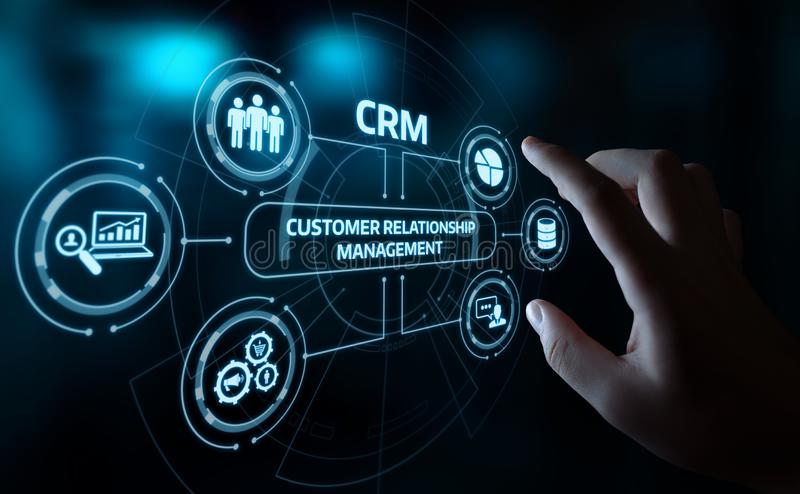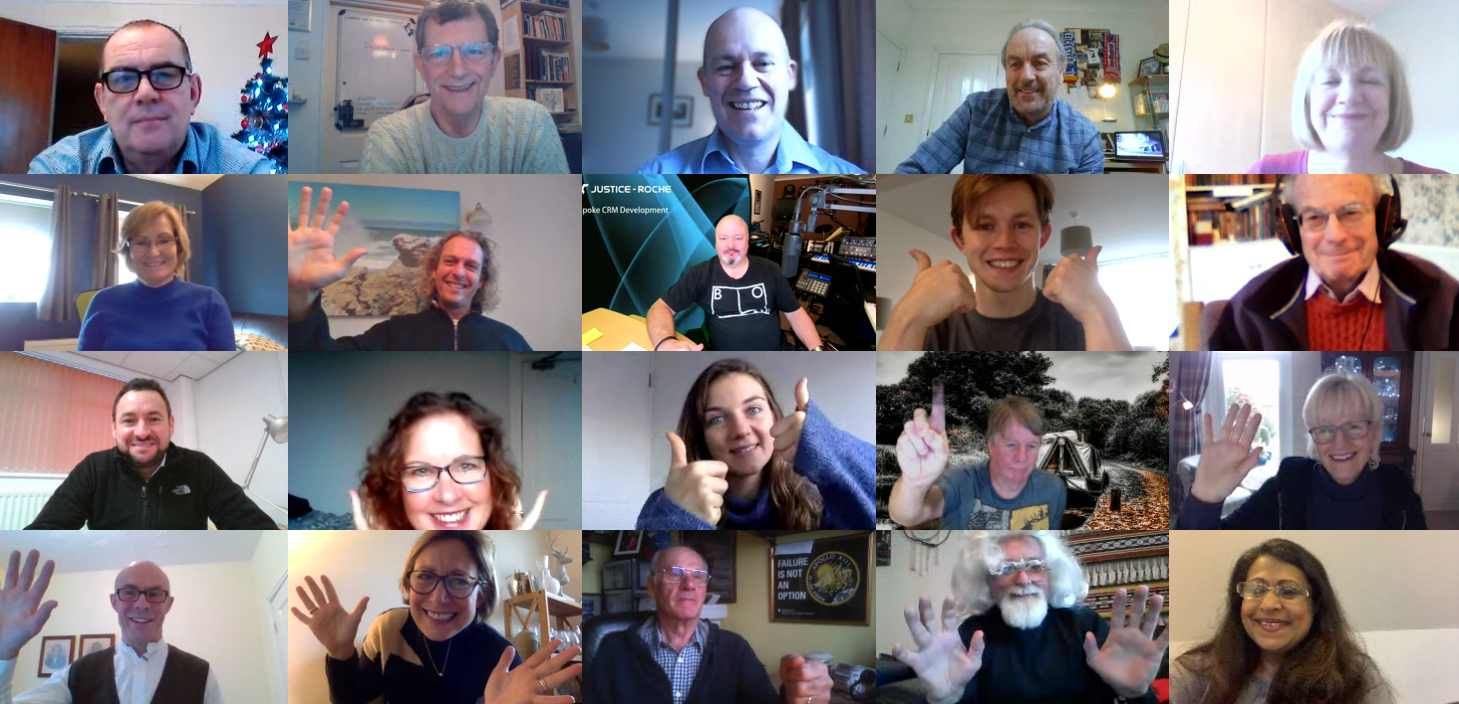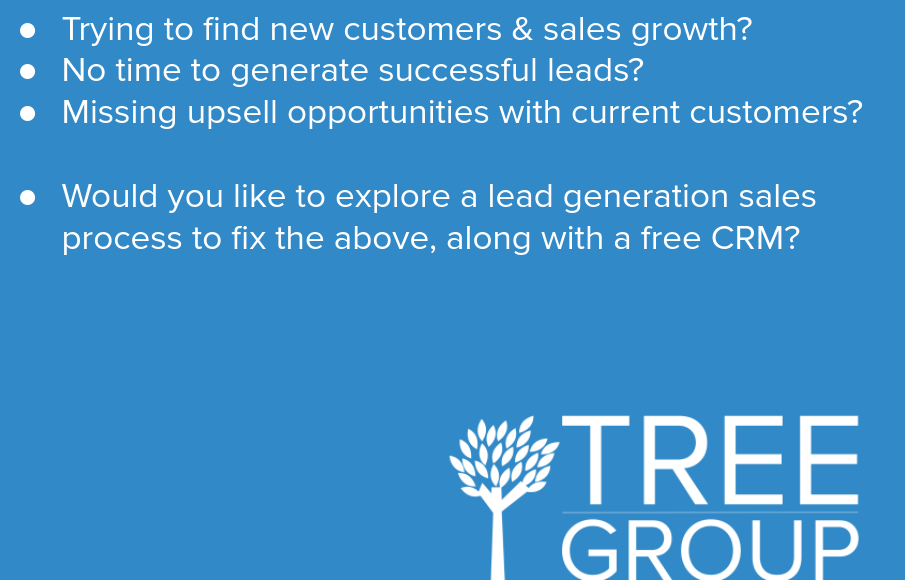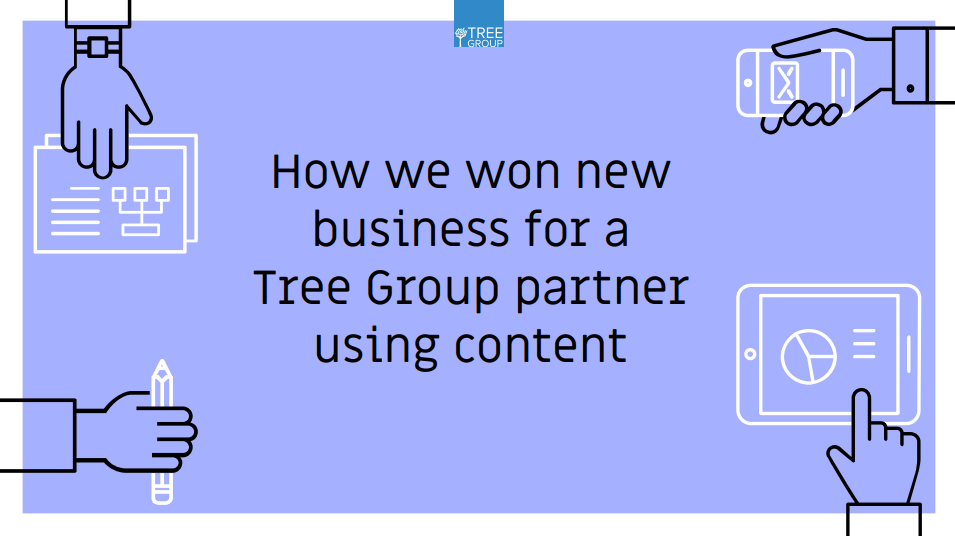In the last post in this series we looked at 'Sales outreach & Who should use new rules'. This time we'll look at why get started with EU GDPR from the perspective of how you handle prospecting and outreach so you're GDPR-friendly.
If you're prospecting then it's especially important to get started with EU GDPR. You're reaching out to new contacts and you need to do this in an ethical way so you're successful at sales AND so you avoid issues with spam, complaints, and damaging your brand.
Prospecting and sales activity will typically include these forms of outreach:
- One-to-one emails
- Email marketing emails such as newsletters
- Calls
The point to agree here is how you want to handle each of these for each contact.
Some things to consider:
If you generate an inbound lead (from your website) and they give ‘consent’ then this is quite easy:
- With the updates I’ve detailed in previous posts, you’ll have given ‘notice’ and a link to your privacy policy at the point of data capture.
If you generate an inbound lead (from your website) but they don’t give ‘consent’:
- If they fit your Ideal customer profile, will you use ‘legitimate interests’ as your legal basis for processing and communicating? BUT, in this scenario, do you only send one-to-one emails and wait to add them to your email marketing list/newsletters until they opt-in?
If you want to approach somebody because they fit your Ideal customer profile, you need to decide what you’re happy with (i.e. you see that Bentley are developing a new car, they’re a perfect fit and you can genuinely help them):
- The Lawful basis for processing could be ‘legitimate interests’ and if you make sure you get their details from a public source then is that ok?
- Or, should you only approach them in a way you can get their consent first, i.e. through LinkedIn → send them a message → ask for permission to follow-up on email → and once they say yes → you add them to your CRM in a way that the LinkedIn messages are synced so you have proof of consent (our Automotive clients always use HubSpot CRM as there's an integration that makes it easy to add contacts and sync messages from LinkedIn so it's quick for sales to follow up).
There's a bit to consider when you take a step back and look at your different communication channels.
Next time I'll go a step further and walk you through some of the processes that you can setup so it's easy for you to be GDPR-friendly by responding to requests.












